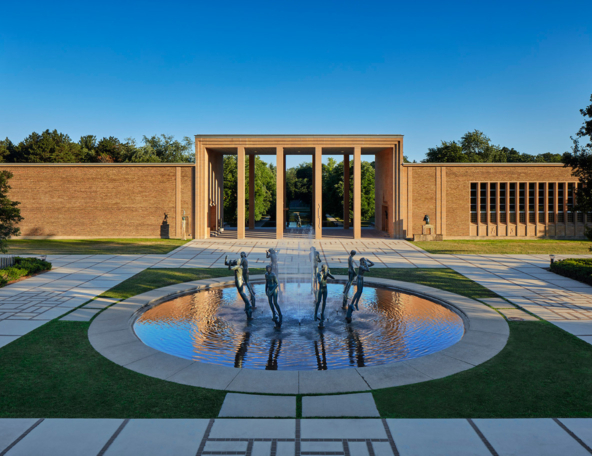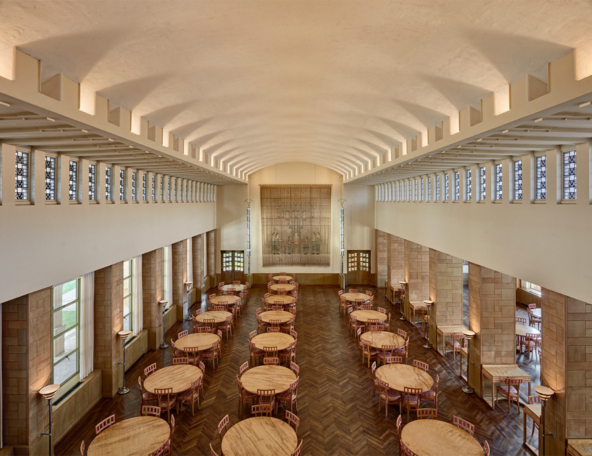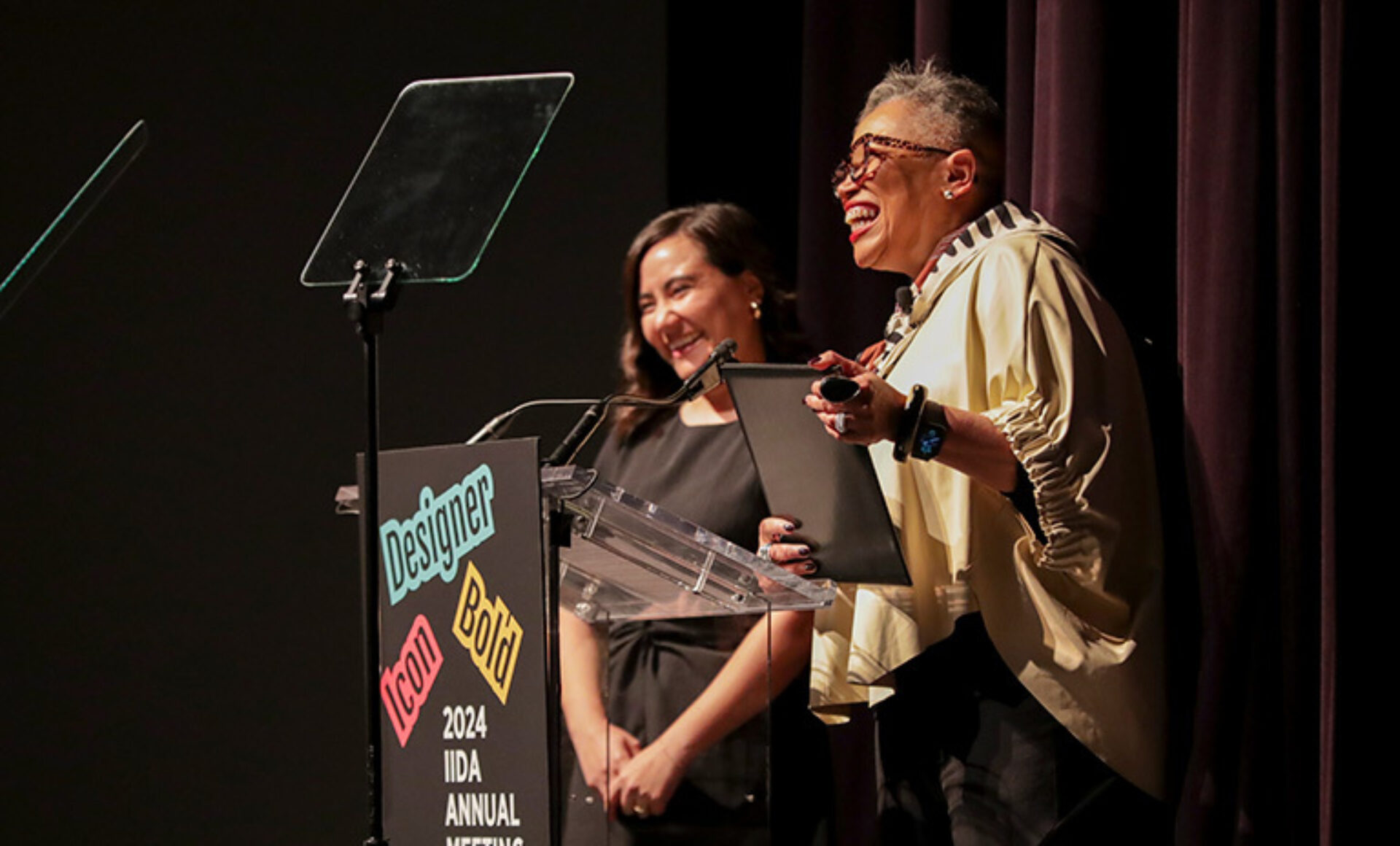What does it mean to be an icon? Ask Merriam-Webster, and you’ll get a definition that boils down to having great influence and significance. Ask us at IIDA, and we’ll tell you about our ICON Award, which recognizes exceptional leadership in design and service to the profession.
To accompany this prestigious award, each year IIDA chooses a unique, iconic design object to mark the honor, celebrating both the honoree and the timeless nature of great design.
The 2025 ICON Award winner is the Cranbrook Educational Community. It’s the place where Charles Eames met Eero Saarinen, and an organization that has contributed to shaping the design world for generations. Design is all around us, and so, too, is the prodigious influence of Cranbrook, from Florence Knoll and Harry Bertoia to the Muppets and the tech world.
This year’s iconic object? A miniature version of the 1940 Organic Chair, a joint project between Eames and Saarinen that’s now considered a seminal piece of American design.
At IIDA’s Annual Meeting in June, Cranbrook President Aimeclaire Roche accepted the award. Read her insightful, inspiring remarks below, or watch a video of her remarks here.

Photo by Elliot Mandel
On behalf of the Cranbrook Educational Community, it is an extraordinary honor to accept the 2025 Icon Award from the International Interior Design Association.
Over a century ago, Cranbrook’s founders, George Gough Booth and Ellen Scripps-Booth, had an audacious dream — one might say a radical experiment. They envisioned a community unlike any other, where art, science, and education converged to inspire generations. That vision took root in Bloomfield Hills, Michigan, in 1904, and has since blossomed — it is humbling to say — into one of the world’s most influential centers of excellence in art and design.
A community that convenes diverse and diversely talented educators, artists, curators, historians, and scientists, and that strives through their collaboration to nurture visionaries. At its best, Cranbrook is a place where creativity and innovation are cultivated and set free to change the world.
It was at Cranbrook that Charles Eames met Ray-Bernise Kaiser. Where Eero Saarinen collaborated with Florence Knoll. That Harry Bertoia, Marianne Strengell, Maija Grotell, Ruth Adler Schnee, Gere Kavanaugh, and so many others honed their voices and reshaped our understanding of form, texture, and the human experience.
It is why, when Cranbrook has been dubbed the “cradle of mid-century modernism,” we embrace that title not for nostalgia’s sake, but because the values behind that movement — clarity, simplicity, honesty in materials — are values we still live by.

Photo by James Haefner

Photo by James Haefner
This summer, we are honored to tell that story in a major way. “Eventually Everything Connects: Mid-Century Modern Design in the US,” our landmark exhibition supported by MillerKnoll, shines a light not only on the legends but also contemporary and equally vital contributors to the mid-century movement. For example: Textile designer Joel Robinson, the only Black designer represented in the Museum of Modern Art’s Good Design program in the 1950s; Ray Komai, Japanese American designer, who created textiles, furniture, and graphics; and Eszter Haraszty, Director of Knoll Textiles in the 1950s.
We are grateful that Cranbrook’s influence continues to echo far beyond the borders of our campus. Today, if you spend a single day in many major cities around the globe, you’ll encounter Cranbrook’s legacy everywhere — from the coffee table in your living room to the subway cars you ride, you’ll see the hands and minds of Cranbrook alumni shaping the environment around you.
I like to think that Cranbrook’s threads are woven into the tapestry of every creative community in the world today.

Image courtesy of Cranbrook Educational Community

Image courtesy of Cranbrook Educational Community
So today, as I accept this ICON Award, I do so on behalf of the Booths, whose audacious dream laid our foundation. On behalf of the Saarinens, whose purposeful design of our campus continues to inspire nearly 100 years after its creation. On behalf of all students who have graced our studios and workshops with their talent. And on behalf of the next generation — the artists and designers who will continue to shape the world with compassion, intelligence, and bold creativity.
Thank you. I am humbled to accept this award on behalf of Cranbrook Educational Community, grateful that it affirms not only what Cranbrook has been, but what it will continue to be — a home for visionaries, a beacon of design excellence, and a community of lasting value and service.






